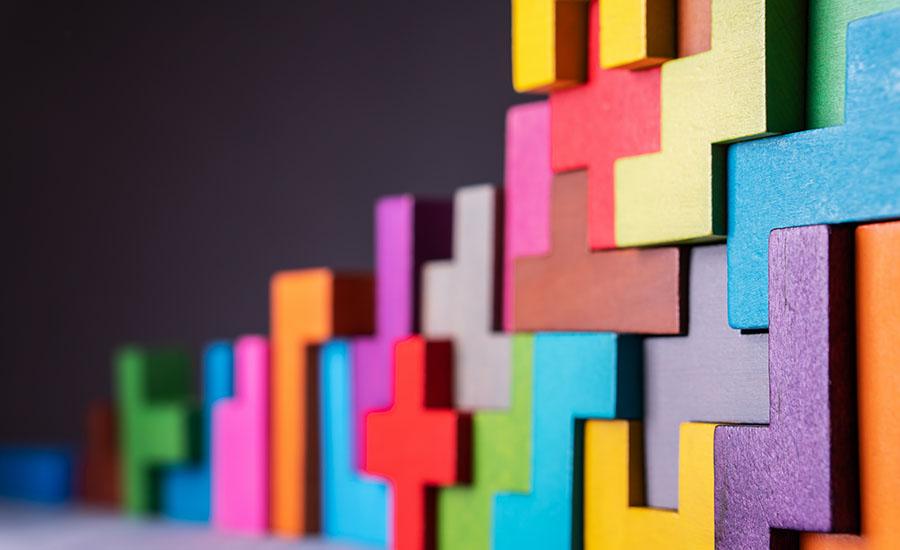
In this hands-on lesson, students work in groups as they will receive a variety of items; sketch and label each object, write their observations of the color, shape, texture and other unique

In this hands-on lesson, students work in groups as they will receive a variety of items; sketch and label each object, write their observations of the color, shape, texture and other unique

In this hands-on lesson, students design and execute an experiment to maximize caffeine extraction when making coffee. The caffeine testing is conducted using a Spectrometer. The focus of this lesson

In this lesson students will show the proportion of freshwater compared to saltwater on Earth. Students will define the problem of having a limited amount of fresh water using evidence gathered from

In this hands-on lesson, students explore unbalanced forces through a variety of learning experiences and reading material. They then create simple machines to demonstrate unbalanced forces.

In this hands-on lesson, students will test how long an ice cube takes to melt in the classroom. They will then design and build a structure that will prevent a 1-gram ice cube from melting completely


In this hands-on lesson, students use making lemonade to practice lab procedures, measurement and ratios as well as learning about temperatures affecting saturation points.

Today we will learn how ice cream is made and then make some ourselves. To do this we will: Listen to an informational text describing how ice cream made and compare that information with our prior

Today we will make new crayons from old and broken crayons. To do this we will: listen to an informational text describing how crayons are made. make a solar oven. describe the steps we take to make